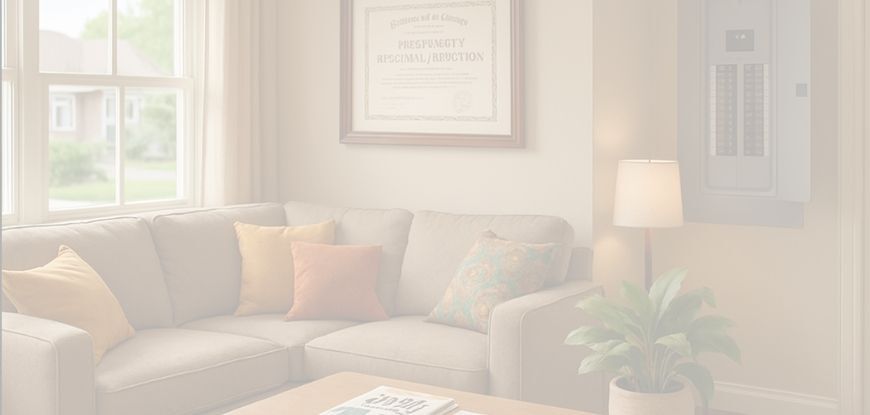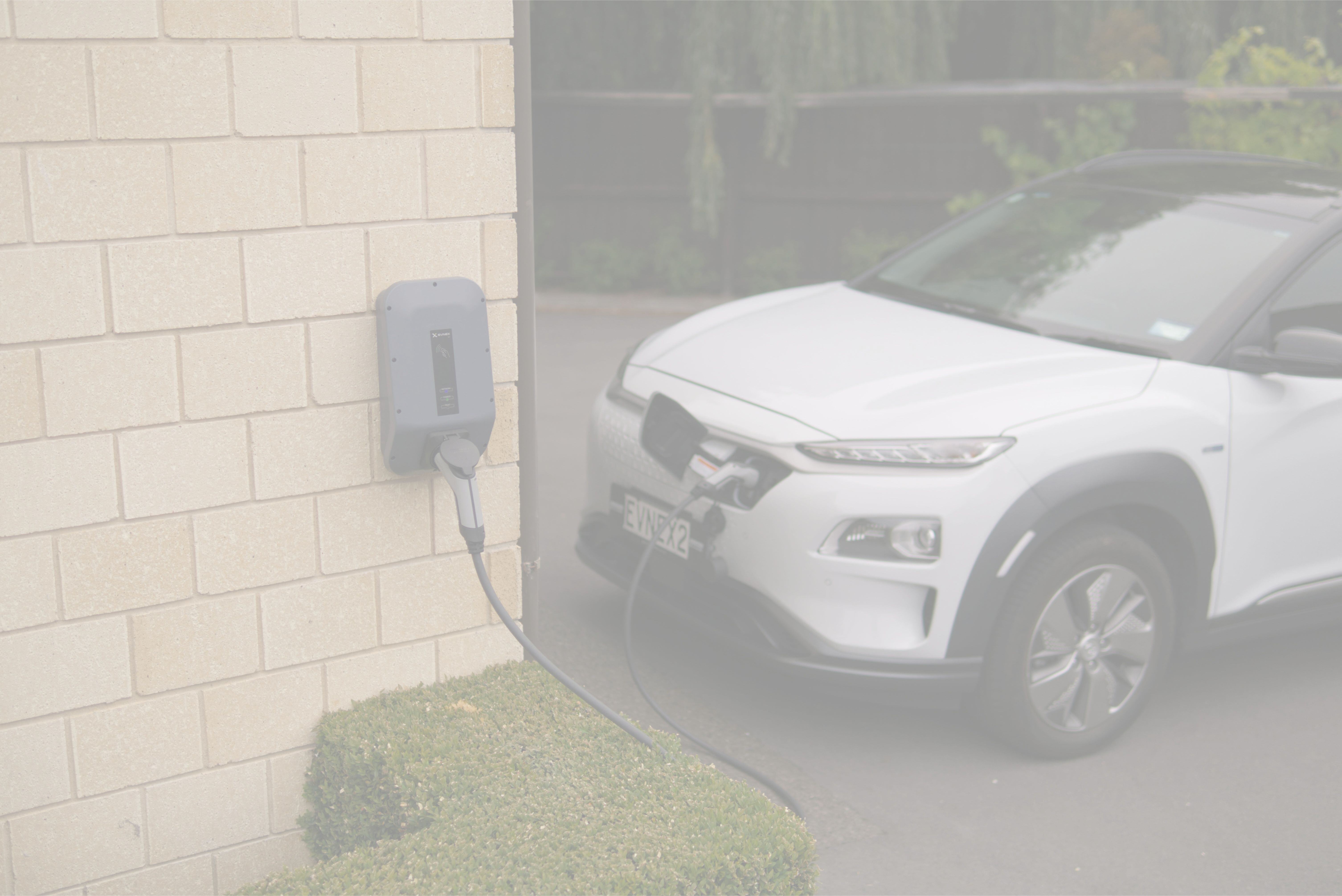In today's digital age, our homes are brimming with electronics, smart appliances, and sophisticated devices that make life more convenient. But all that convenience comes with a risk — one you might not even notice until it’s too late. Power surges, even brief ones lasting just microseconds, can cause serious damage to your expensive electronics and appliances. While many homeowners rely on plug-in surge protectors and power strips, the most effective line of defense is to install a whole-house surge protector — and ideally, combine it with localized protection for maximum safety.
The Vulnerability of Modern Appliances
The days of purely mechanical appliances are long gone. Today’s major household appliances — from refrigerators to ovens, washers, and dryers — are powered by complex circuitry and computer chips. These smart technologies enhance efficiency and convenience but are also highly sensitive to voltage spikes.
Consider this: if your $2,500 refrigerator gets zapped during a power surge, you could be facing a repair bill that runs into the hundreds — or worse, a complete replacement. Even something as seemingly minor as a hair dryer switching on or off can contribute to gradual wear and tear on your home's electrical system over time.
In our experience, we've seen circuit board replacements costing upwards of $500, and that's just for one component. Multiply that across several appliances, and the damage from repeated small surges can quickly add up. When compared to the price of installing whole-house surge protection (typically a few hundred dollars), it becomes clear that proactive protection is a wise investment.
It’s Not Just Lightning
When people think of power surges, they often imagine lightning strikes. And yes, lightning can deliver a powerful surge that wreaks havoc on your home's electrical system. But here's the surprising truth: most power surges come from inside your home or your local power grid, not from weather events.
Common causes include:
- Downed power lines or transformer issues in your neighborhood.
- Power grid fluctuations are due to heavy usage in nearby commercial buildings.
- Large appliances cycling on and off, like air conditioners, furnaces, or even your garage door opener.
These small, routine fluctuations may not be as dramatic as a lightning strike, but over time, they can cause cumulative damage to your appliances and electronics.
The Two-Tiered Approach to Surge Protection
The most effective strategy to protect your home is a two-tiered defense system:
1. Whole House Surge Protector at the Service Panel
This is the first and most critical line of defense. A whole-house surge protector is installed directly in your main electrical panel (breaker box) by a licensed electrician. It acts like a gatekeeper, intercepting surges before they travel through your home’s wiring and reach your devices.
These protectors are designed to stop the bulk of incoming surges, especially the more dangerous ones that originate outside your home. However, some lower-level surges can still slip past this barrier, which is why the second layer is equally important.
2. Plug-in Surge Protectors for Individual Devices
Even with a whole house unit in place, you should still use point-of-use surge protectors — power strips or wall-mounted units — for sensitive electronics like:
- TVs and home theater systems
- Desktop computers and laptops
- Modems and routers
- Gaming consoles
- Home office equipment
These secondary protectors act as a buffer, stopping any residual surge that the central system couldn’t completely absorb. Be sure to choose models with high joule ratings and response times suited for the electronics you're protecting. It’s also important to check if they have indicator lights that show whether they’re still functioning effectively — many people don’t realize these units lose effectiveness over time.
Why Whole House Surge Protection Makes Sense
Imagine spending a few hundred dollars to save thousands, not just in potential repair or replacement costs, but in peace of mind. Whole house surge protection:
- Defends all electrical circuits in your home, not just those plugged into surge strips.
- Offers layered protection when paired with localized surge protectors.
- Increases the lifespan of your appliances and electronics.
- Adds value to your home by improving its electrical integrity.
- Helps you sleep a little easier during storms or unexpected outages.
It’s especially critical for homeowners who have invested heavily in smart home systems, security equipment, or energy-efficient HVAC units. These systems are susceptible to voltage spikes, and failure in one component can create a ripple effect throughout the home.
Let the Experts Handle It
While plug-in protectors can be purchased and installed on your own, a whole-house surge protector requires professional installation. It’s not a DIY job — it involves working with your electrical panel, which can be dangerous without the right knowledge and tools.
At Zimmerman Electric, we’ve been helping homeowners protect their investments with our licensed electricians can install a reliable surge protection system tailored to your home’s specific needs. We’ll also walk you through the best secondary protection options, so you get comprehensive coverage from every angle.
Power surges are silent threats. You might not notice the damage right away, but over time, it can shorten the lifespan of your most valuable appliances and devices. Relying on plug-in surge protectors alone leaves gaps in your defense. Instead, a whole house surge protection system, combined with secondary device-level protectors, gives you the security you need.
Don’t wait for a costly repair bill to be your wake-up call. Reach out to Zimmerman Electric today, and let us help you build a better shield for your home. It’s a small investment with big rewards — and one that could save you thousands down the line.

.jpg)


SHARE